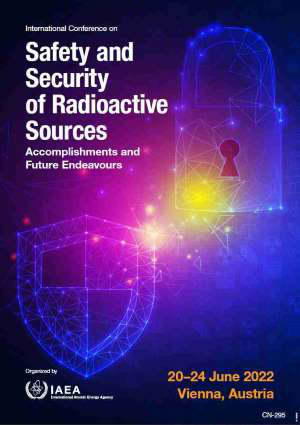Speaker
Description
Design of radiation facilities in Belarus involves stakeholders represented by the Ministry of Emergency Situations – MES (the Department for Nuclear and Radiation Safety), Ministry of Healthcare (MOH) and Ministry of Architecture and Construction (MAC).
According to the Decree of the President of the Republic of Belarus of June 5, 2019 No. 217 “On building codes and regulations” the requirements in the field of architectural, urban planning and construction activities must be established in the building codes and rules, developed by the MAC with participation of stakeholders. Before the named Decree such requirements were included in the technical normative documents of MES, MOH, MAC.
As the Decree entered into force at the time before the approval of the new Law of Belarus “On Radiation Safety” of 18 June 2019, MES managed to include into the named Law the right of the Department for Nuclear and Radiation Safety to supervise the compliance of the documents issued by MAC. After that the Department for Nuclear and Radiation Safety actively took part in the development of the Building Code 3.02.13-2020 “Radiation Facilities”, approved by the Resolution of MAC dated November 27, 2020 No. 95.
The Building Code 3.02.13-2020 “Radiation Facilities” entered into force since June, 1, 2021.
As the next step the other building codes and regulations, including the building regulations “Composition and content of design documentation”, are being appropriately amended.
The current edition of the building regulations “Composition and content of design documentation” contain no information about radiation safety issues, and in practice information concerning ensuring radiation safety is included by design organizations to different parts of design documentation.
In order to cover the radiation safety issues the following proposals have been developed to include into the requirements for design documentation of radiation facilities:
— design of systems and elements important to safety (alarm and radiation warning system, interlocking system, physical barriers system, power supply system, ventilation system, special sewerage system);
— calculations of shielding (protection against ionizing radiation), allowing to ensure the reduction of doses to personnel and the public to permissible levels;
— organization of the radiation monitoring system (including the types, scope and procedure for radiation monitoring, a list of necessary instruments, auxiliary equipment, placement of stationary instruments and points of constant and periodic monitoring);
— organizational and technical measures to prevent a specific list of possible radiation accidents and to limit their consequences;
— organizational and technical measures to prevent errors and unauthorized actions of personnel, which can lead to a violation of the conditions for the safe operation of sources of ionizing radiation or to aggravate the consequences of a failure of any system (element);
— organizational and technical measures for radioactive waste management.
Also the educational program for managers and specialists on radiation safety issues in the design of radiation facilities at the Belarusian National Technical University was implemented, and the Department for Nuclear and Radiation Safety issued the appropriate permit to implement this program.
Communication of all the stakeholders is continuing in comprehensive and transparent manner to enhance safety culture and ensure radiation safety from the stage of design of radiation facility to the further stages of it’s life-cycle.
| Country OR Intl. Organization | Belarus |
|---|

